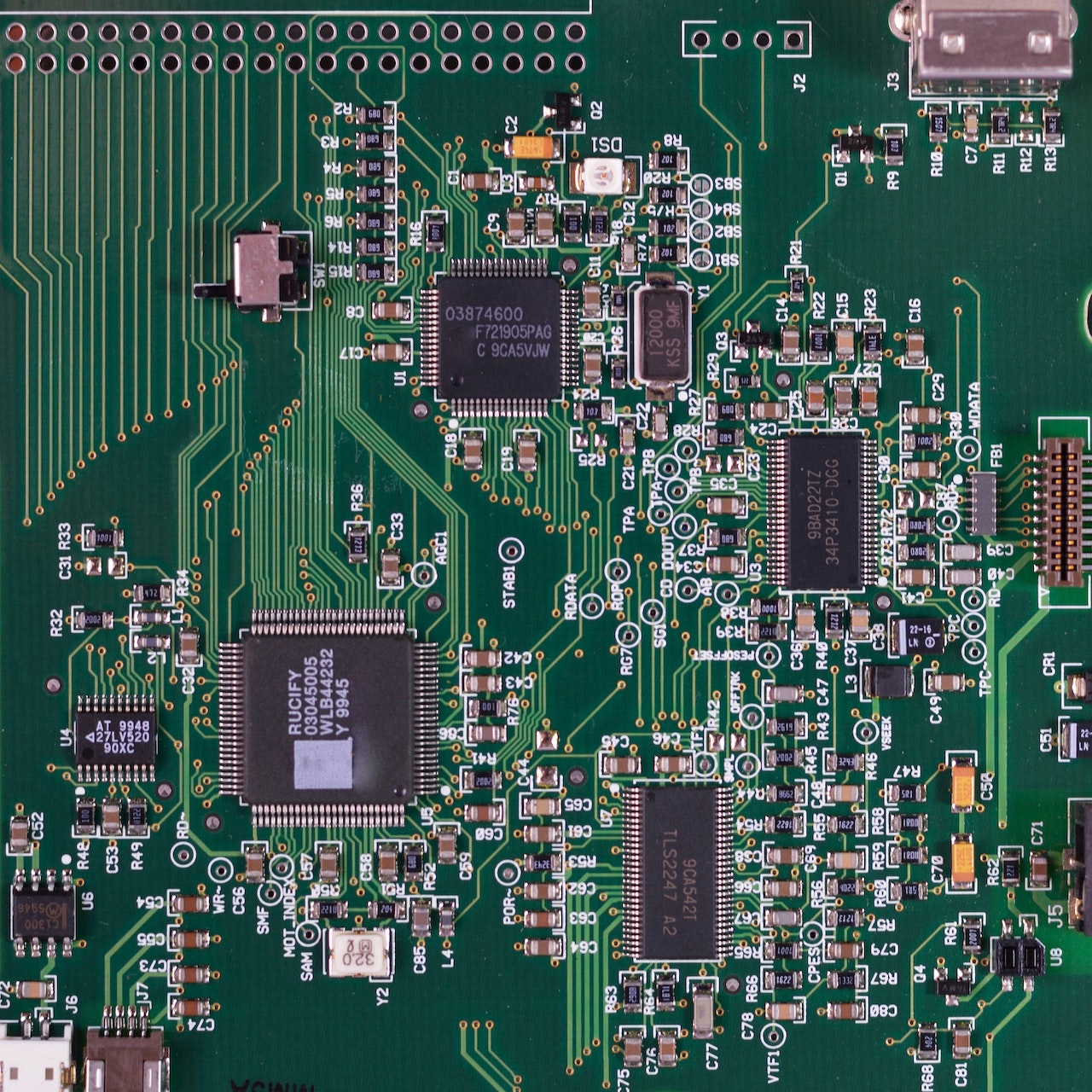We will explore the different types of SMT lines and why they play a crucial role in modern manufacturing processes.
What exactly is SMT Line?
SMT, also known as Surface Mount Technology, is a manufacturing process widely used in the electronics industry. It involves placing electronic components directly onto the surface of a printed circuit board (PCB) rather than inserting them through holes in the board.
The key advantage of SMT is its ability to significantly increase the efficiency and speed of production. By eliminating the need for drilling holes and manually soldering each component, manufacturers can streamline their processes and produce higher volumes in less time.
There are several essential components that make up an SMT line. First, we have the pick-and-place machines that precisely position each electronic component onto the PCB. These machines work in conjunction with automated optical inspection systems that ensure accurate placement and detect any potential defects or errors.
Another crucial element is the reflow oven, where solder paste applied to the PCB melts and forms strong connections between components when subjected to high temperatures. This step is critical for ensuring reliable electrical conductivity within the assembled PCB.
In addition to these main components, an SMT line may also include stencil printers for applying precise amounts of solder paste onto individual pads on the PCBs, as well as conveyors that transport boards between different stages of assembly.
An SMT line combines various specialized equipment and processes to efficiently assemble electronic devices. Its use has revolutionized modern manufacturing by enabling faster production times while maintaining high-quality standards.
Types of SMT Lines
When it comes to Surface Mount Technology (SMT) assembly, there are various types of SMT lines that cater to different production needs. Each type offers unique features and advantages, allowing manufacturers to customize their assembly process according to specific requirements.
Let’s take a closer look at common types of SMT lines.
1. Single-sided SMT Line:
This type of line is suitable for simple PCB assemblies with components on only one side. It consists of essential equipment such as stencil printers, pick-and-place machines, reflow ovens, and inspection systems.
2. Double-sided SMT Line:
Unlike the single-sided line, this type enables the assembly of PCBs with components on both sides. Additional equipment like dual-head pick-and-place machines and flip stations are included in double-sided lines.
3. Mixed-Technology SMT Line:
As the name suggests, this line combines surface mount technology with through-hole technology. It accommodates both surface-mounted components and traditional leaded components used in older designs.
4. High-Speed SMT Line:
Designed for high-volume production, high-speed lines have advanced capabilities that allow rapid component placement without compromising accuracy or quality control measures.
5. Flexible/Modular SMT Line:
A flexible/modular line provides versatility by allowing manufacturers to add or remove modules based on changing production needs or product requirements.
6. Automated Optical Inspection (AOI) SMT Line
Within the realm of SMT lines, the Automated Optical Inspection (AOI) SMT Line stands tall as a game-changer. This cutting-edge technology revolutionizes quality control by employing high-resolution cameras and intelligent algorithms to inspect PCBs with unmatched precision.
At the heart of an AOI SMT line is a sophisticated machine that scans each PCB for defects such as soldering issues, missing components, or incorrect placements. The captured images are then analyzed in real-time to identify any anomalies. Through this automated process, manufacturers can swiftly detect and rectify potential errors before they escalate into larger problems down the production line.
7. Wave Soldering Line
The wave soldering line is another important type of SMT line used in the electronic manufacturing industry. This process involves applying solder to the through-hole components on a printed circuit board (PCB) using a wave of molten solder.
In this process, the PCB is passed over a preheating zone to ensure that it reaches the required temperature for proper soldering. The PCB then moves over a wave of molten solder, which is created by melting solid bars of solder with heaters. As the PCB passes over the wave, the exposed leads and pads come into contact with the molten solder, creating reliable connections.
Wave soldering offers several advantages. It allows for fast and efficient assembly as multiple components can be soldered simultaneously. It also ensures consistent and reliable connections, reducing defects and improving overall product quality.
Each type has its own strengths and applications within the realm of electronic manufacturing. By understanding these options, businesses can optimize their assembly processes accordingly.
Why Do We Use SMT Lines?
SMT lines have revolutionized the electronics manufacturing industry, offering numerous advantages over traditional through-hole assembly methods.
Here are some key reasons why we use SMT lines:
- Higher Efficiency: SMT lines allow for faster production speeds and higher placement accuracy, resulting in increased productivity and efficiency. The automated processes eliminate human error and ensure precise component placement.
- Cost-effective: By automating the assembly process, SMT lines reduce labor costs associated with manual soldering and component insertion. Additionally, the smaller size of surface-mount components reduces material costs as they require less space on PCBs.
- Miniaturization: With the growing demand for compact electronic devices, SMT lines play a crucial role in achieving miniaturization goals. Surface-mount components are significantly smaller than their through-hole counterparts, enabling manufacturers to design sleeker and more lightweight products without compromising functionality.
- Improved Performance: Surface-mount technology offers better electrical performance due to shorter connections between components on PCBs compared to through-hole assemblies. This results in reduced signal losses, improved signal integrity, and enhanced overall product performance.
- Design Flexibility: SMT allows for greater design flexibility as it enables intricate circuit board layouts that can accommodate complex functions within limited space constraints. Manufacturers like pcbasic can easily incorporate advanced features like high-speed data transmission capabilities or wireless connectivity into their designs using surface-mount components.
